When it comes to winter fashion in the lower 48, fur went faux a long time ago.
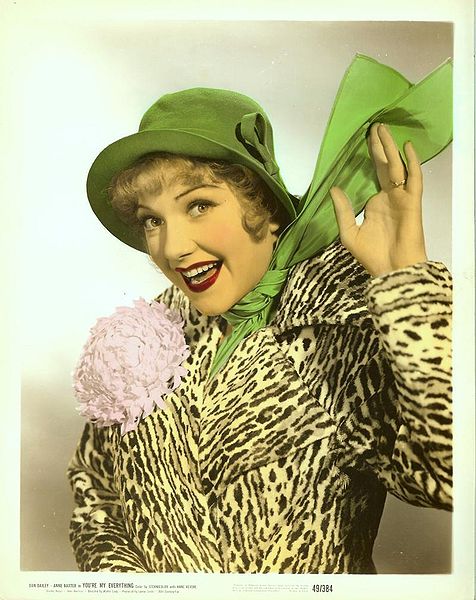
Promotion photo for the film You’re My Everything (1949) featuring Anne Baxter via Wikimedia Commons
Given the overwhelmingly negative vibe surrounding the issue of fur anything, it was a real eyebrow-raiser for me to learn that fur—yes, real fur—may be trending toward chic once again.
What?!
Got his attention …
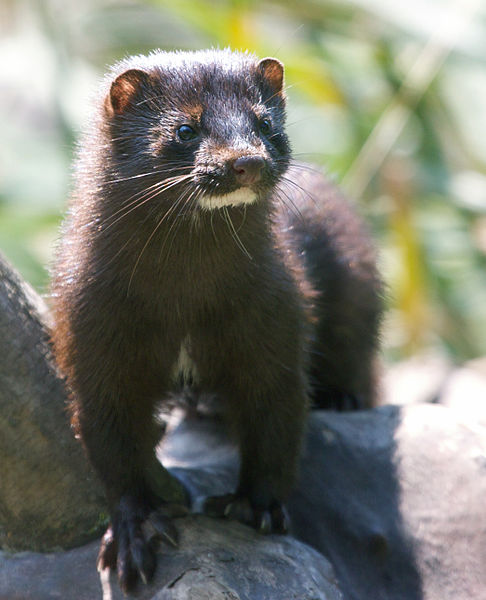
Photo by Mariomassone via Wikimedia Commons
Now before you get your knickers in a bunch, you must understand that this new fur industry ain’t what it used to be. In fact, it’s taking the “reduce, reuse, recycle” mantra to a whole new level of, well … resourcefulness.
So, tell me, darling—how do you feel about wearing (gulp) roadkill fur?
Yeah, that’s what I thought.
Come back here and listen to the whole story. I mean, heck, it’s not like I’m asking you to eat bugs or anything. And, just look how pretty:
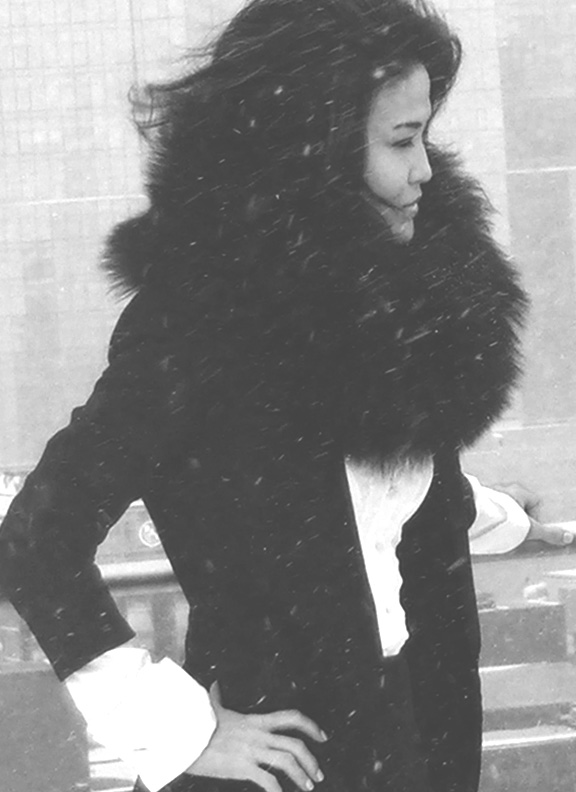
Photo of woman in fur hat and muff courtesy of Petite Mort Fur
The woman in the photo above is wearing fur reclaimed from animals that were killed on a roadway. She really is. This artistic handling of such unsavory, ah, “media” is the genius of Pamela Paquin, founder of Petite Mort Fur, an elite fashion design company. Thirty-nine-year-old Paquin salvages what she calls “accidental furs” from road-killed animals in the United States in order to craft haute hand muffs, leg warmers, hats, and wraps.
Giving a whole new meaning to “abs of steel,” Paquin harvested her first roadkill last year. “I got this crazy knife that was completely wrong for the task, got my hazmat suit on, took a shot of whiskey, and just started doing it,” she said in an interview with The Washington Post.
Equipped with better tools and talent refined by trial-and-error, Paquin is carving out a place for her company in the eco-fashion industry.
“Accidental furs are loving resurrections of our fuzzy wild neighbors who have met with an untimely or natural death,” she explains. “Each luxurious piece is handmade, individually numbered, custom tailored to each owner’s specifications, befitting an heirloom investment.”
Not even the most passionate animal activist could find fault with her mantra: “Good taste is never at the expense of an other.”
Petite Mort also gives a percentage of each purchase to support Building Corridors and Critical Paths for Vermont Wildlife.
If you’re ready to jump on this trend at ground-level, Paquin says, “As with all things precious, our 2014-15 winter season is limited. Contact us at info@petitemortfur.com to inquire about your custom-designed piece.”
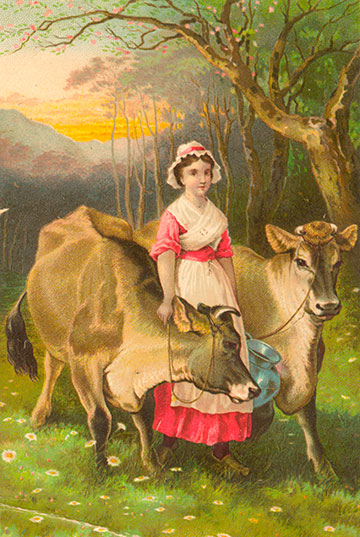














































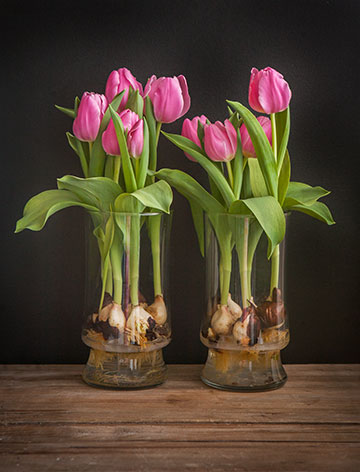




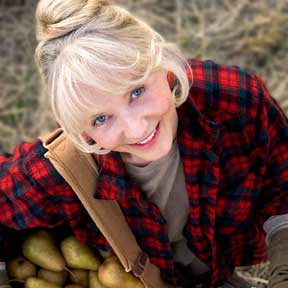
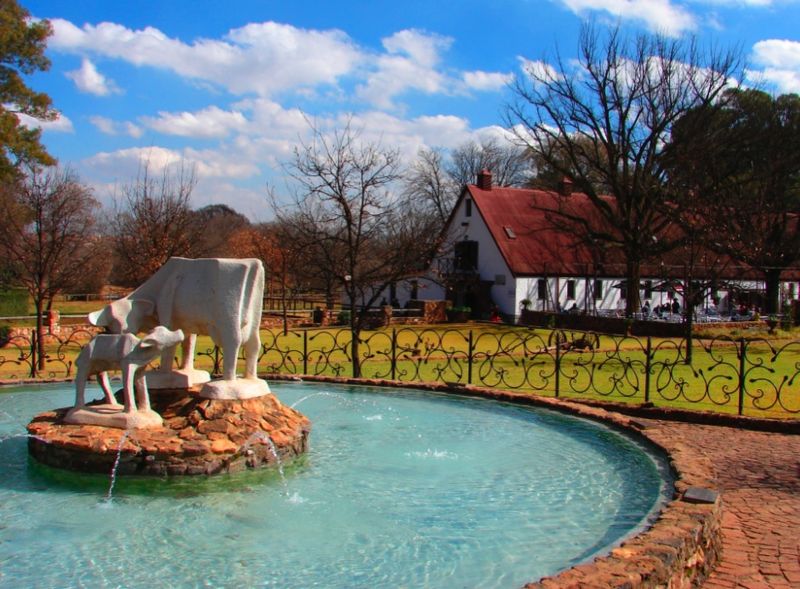
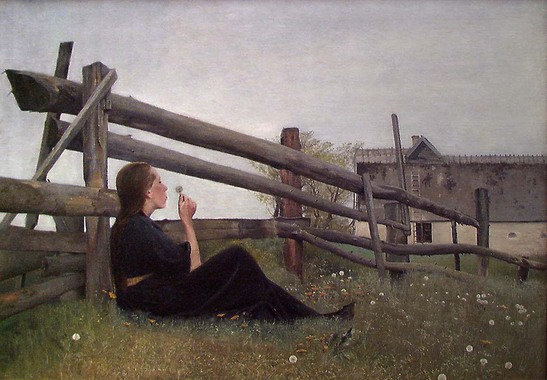
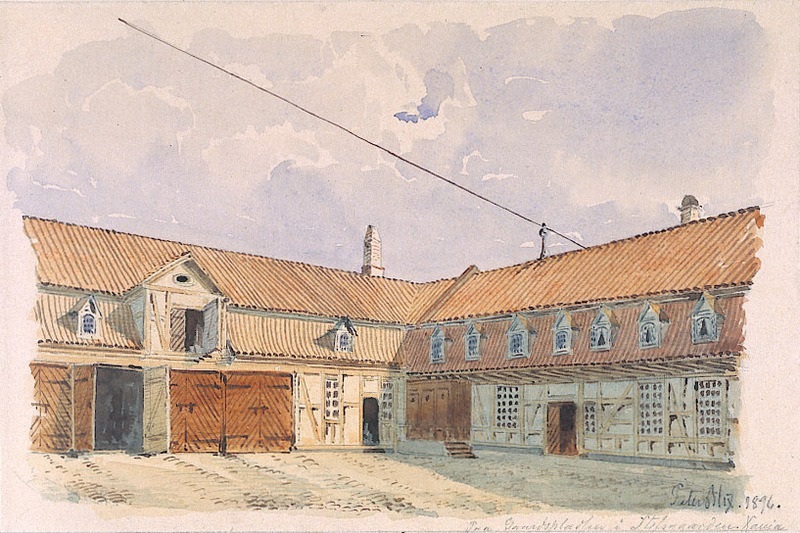

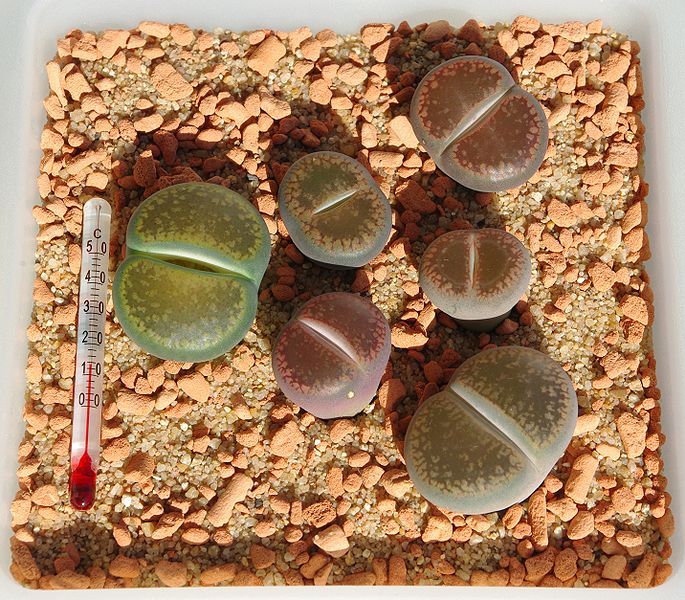

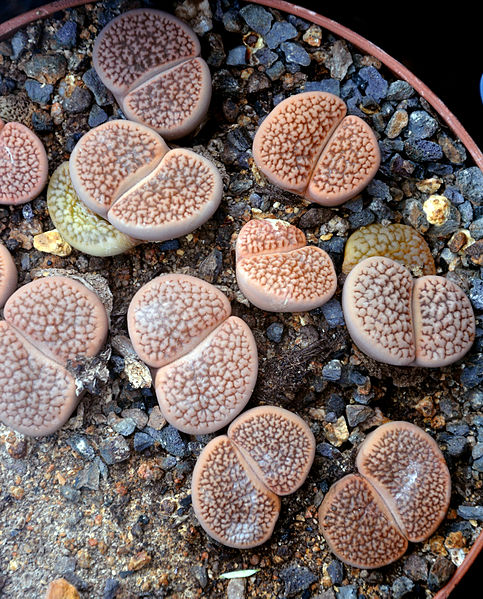
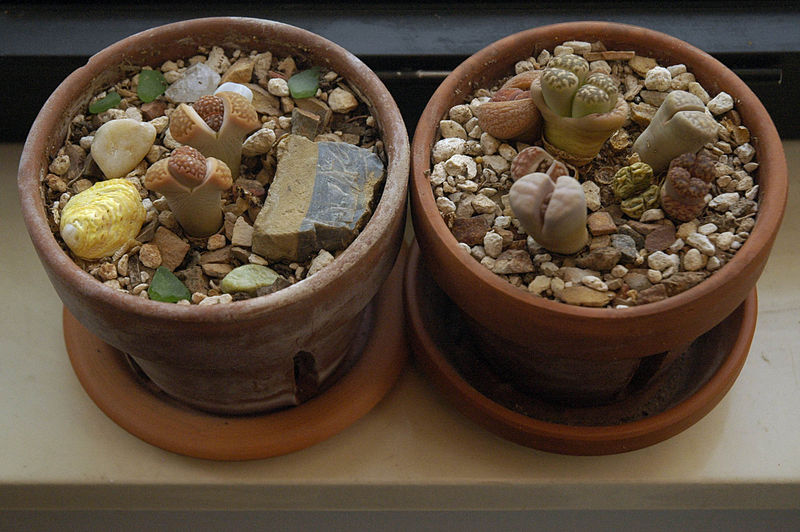
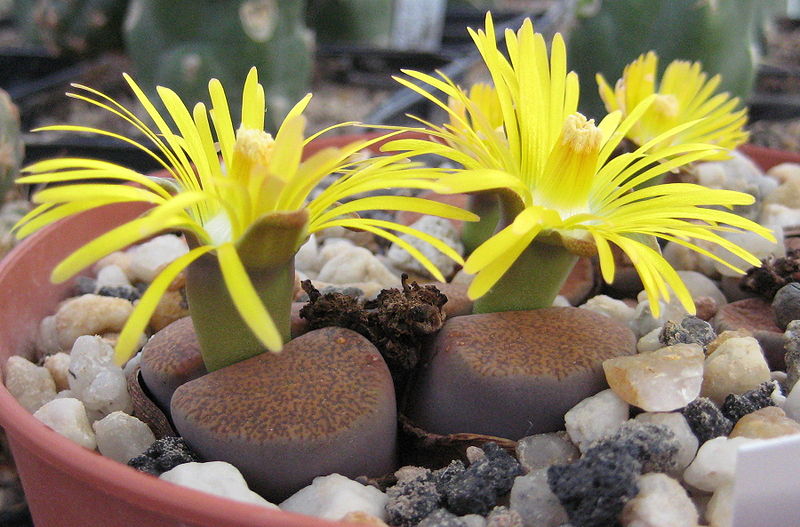








I never knew the story of the smallpox vaccine origins but this is very interesting. I also remember seeing on a documentary of John Adams, that his wife self vaccinated all of her children. An outbreak had occurred and there was this very advent guard theory that if you take some of the fluid from one blister and scratch it into the skin of a healthy person, they will get a minor case of smallpox but most likely survive. And so that is what she did and all of her children survived their relatively minor cases of smallpox. In fact that is what the early vaccine did. The big blister, low grade fever and malaise was a minor case of the smallpox that allowed the body to build immune without the disease overwhelming them. I remember getting my last smallpox vaccine when I was in high school. I think it is a worrisome thing now that people decline to vaccinate their children for reasons not well founded in science. As a result, we now have the largest outbreak of measles in California since 2001 and pockets of polio again in refugee camps and third world countries.
Yes we were taught this story of his wondrous discovery in 2nd grade where I went to school. thank you Blossom and Dr. Jenner!
I have a old print of this picture in a very old frame ,It is about 2 feet x 2 feet. Looking for more info.
We were all very proud to have Blossom’s hide displayed in our library to remind us of the great scientific heritage of the institution where we were studying medicine.